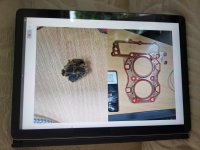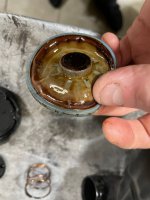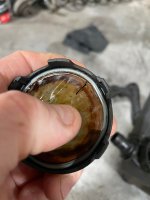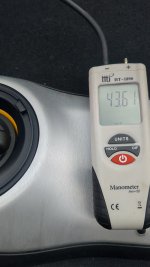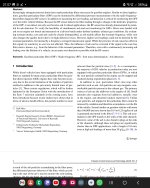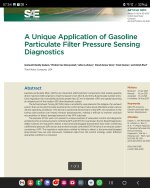Hi All
Backing up Dave's last post how can my situation make any sense, based on feedback from Porsche after my GPF is now apparently full and needs to be replaced ?
Car was purchased back in March and the presale VAL showed the following compared to the current VAL test after approx 1400 miles with no lights indicating that a regeneration was needed so I can only assume any soot build up was being managed by my driving style or the car.
K211 and K221 soot % reading between ) 0 % and 5.49% on both occasions
K231 Oil/Ash Load % reading 77.65% pre-sale and now 100% after 5 months and 1400 miles..
So in summary in 1400 miles the ash level has increased by 23% - there is no way in 1400 miles the ash level could be increased by burnt soot that has been trapped in so few miles ?
This can only leave wrong or excessive oil being burnt - well the car was fully serviced on purchasing we can only assume Porsche used the correct oil.. they have no way of checking if the incorrect oil was ever used pre my ownership..
This can only point at something allowing more oil through or the sensors not providing the correct readings.. or both ?
The mystery continues
Backing up Dave's last post how can my situation make any sense, based on feedback from Porsche after my GPF is now apparently full and needs to be replaced ?
Car was purchased back in March and the presale VAL showed the following compared to the current VAL test after approx 1400 miles with no lights indicating that a regeneration was needed so I can only assume any soot build up was being managed by my driving style or the car.
K211 and K221 soot % reading between ) 0 % and 5.49% on both occasions
K231 Oil/Ash Load % reading 77.65% pre-sale and now 100% after 5 months and 1400 miles..
So in summary in 1400 miles the ash level has increased by 23% - there is no way in 1400 miles the ash level could be increased by burnt soot that has been trapped in so few miles ?
This can only leave wrong or excessive oil being burnt - well the car was fully serviced on purchasing we can only assume Porsche used the correct oil.. they have no way of checking if the incorrect oil was ever used pre my ownership..
This can only point at something allowing more oil through or the sensors not providing the correct readings.. or both ?
The mystery continues



